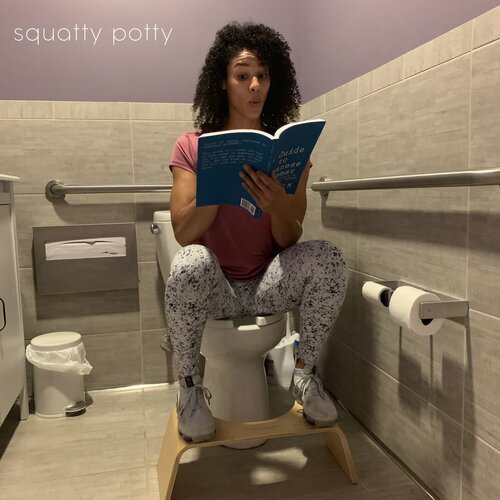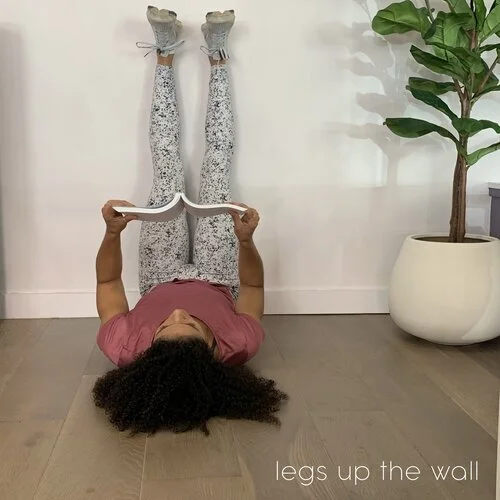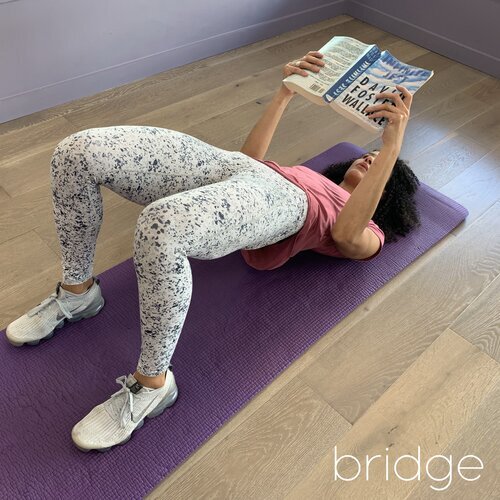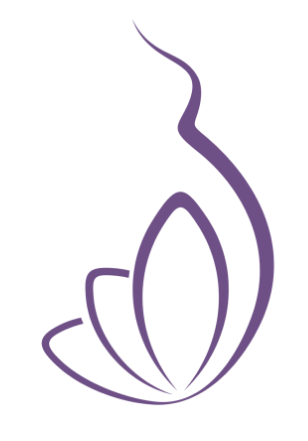
legs on a chair or couch
What is Pelvic Organ Prolapse (POP)?
Pelvic Organ Prolapse (POP) refers to any level of descent of the pelvic organs (bladder, uterus and bowel) from their original position in the pelvis. Most people hear the word “prolapse” and assume that only refers to when the uterus has packed its things, exited the body and is on its way to Burning Man. While some severe cases do result in the organs protruding from the vagina or anus, POP exists on a spectrum. This spectrum is usually graded 0-4 with Grade 4 being the most severe.
How Common is Pelvic Organ Prolapse?
Prolapse is more common than you think. Depending on the study you consult, the incidence of POP can be 50% or higher in women who deliver vaginally. If you think you have prolapse, please make an appointment with a Pelvic Floor Physical Therapist right away. This is not the time to self-diagnose or self-treat.
What are the Symptoms of Pelvic Organ Prolapse?
-
A feeling of fullness or heaviness in the pelvis
-
Low back pain
-
Difficulty emptying the bladder and/or bowel
-
Painful vaginal insertion- intercourse or tampon insertion
-
Feeling like something is stuck or falling out of the vagina
-
Constipation
-
Urinary leakage or frequent urinary urge
Prolapse Relief Positions
Symptoms of prolapse often appear at the end of the day after gravity has been pulling down your already vertically-challenged pelvic organs for hours. A prolapse relief position is something you can do at home to lessen the immediate symptom. Relief positions are not a treatment or a cure, but a way to just a find some comfort when you are experiencing organ heaviness or irritation.
Squatty Potty

We highly recommend the Squatty Potty. Straining to have a bowel movement might be aggravating to your prolapse and overall pelvic floor health. The Squatty Potty positions your lower body and pelvic floor to have an easier experience. Also, never spend more time than necessary sitting on the toilet. If you’re using bathroom time to hide from your children (we get it, we do it too), may we suggest the following hiding places: sitting in the bathtub, sitting on the bathroom floor, hide in the closet or under the bed.
Legs Up the Wall

Let gravity work for you rather than against you for a change.
Happy Baby

The happy baby position works just like legs up a wall or on a chair. Except with happy baby, you get a great hip opening stretch at the same time!
Bridge

The glute bridge is a great prolapse relief position that does double duty. It’s also a great exercise for your booty. What’s not to love?
« 3rd Trimester Exercise: 5 Tips to Optimize your WorkoutNext Post:
Postpartum Return to Exercise: Your Very First Workout »

